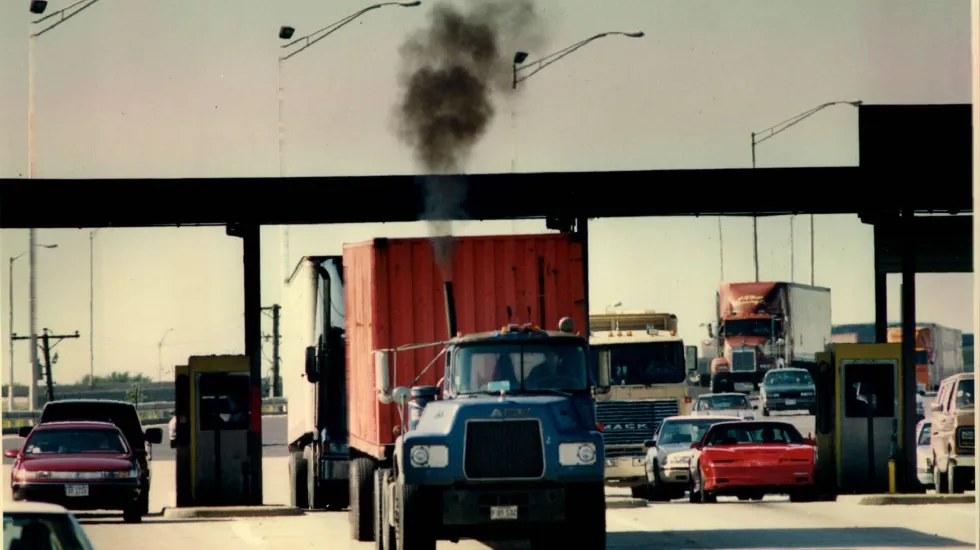
The Chicago area ranks among the worst in the nation for air pollution, according to a new analysis.
The American Lung Association ranked the Chicago metro area’s levels of smog and particle pollution among the top 25 in the country for severity based on the group’s review of annual data from the Environmental Protection Agency.
Compared with a review of the previous year’s analysis, Chicago showed a slight improvement for lower amounts of fine particle pollution but recorded more days of unhealthy conditions due to smog.
Smog, technically known as ozone air pollution, is caused by a combination of air pollutants that combine in sunlight. The pollution is produced by burning fossil fuels, including gasoline, diesel, coal and natural gas that then chemically react in sunlight. The more sunlight, the more ozone pollution is produced.
Ozone pollution can lead to asthma and other respiratory illnesses and increase risk of diseases, such as diabetes. It can lead to hospitalizations and early death.
Last month, the lung association released a separate report saying that a switch to electric cars and trucks would prevent thousands of premature deaths in Illinois.
“Chicago is a major transportation hub,” Kristina Hamilton, Illinois advocacy director for the lung association, said in an interview. “That adds to the level of pollution we have in the city.”
Chicago tied with Dallas-Forth Worth for the 16th most polluted by ozone in an annual ranking that averaged the years 2018 to 2020. Los Angeles was No. 1 in the ranking.
While the Chicago area showed improvement in fine particle pollution levels, the amounts are still too high, Hamilton said. The metro area is below current EPA maximum levels allowed for such pollution, but scientists agree that those limits are too high and the agency is expected to adjust the allowable levels later this year.
“We are strongly advocating that the EPA strengthen standards around particle pollution,” Hamilton said.
Fine particle pollution, also known as particulate matter, is made up of tiny solid and liquid materials produced from diesel and gas vehicles, such as trucks, buses and cars. It is also emitted from factories and fossil fuel power plants. The particles are so small they pose a great health risk as they can embed deep into the lungs, contributing to respiratory problems and other health problems. Daily exposure can be deadly and can lead to heart attacks and strokes as well as respiratory issues.
Chicago tied with Houston as the 22nd worst area for annual fine particulate matter. That list was led by Bakersfield, Calif., and several other West Coast metro areas.
While wildfires have led to increased air pollution in the Western United States, Chicago is among the urban areas most polluted by transportation and industrial sources, the report said.
The EPA data collected is largely the result of air monitors set up in urban areas.
Ozone and fine particle pollution are singled out because they are “two of the most widespread and dangerous air pollutants,” the report said.
Nationally, the individuals most at risk of being harmed by the two types of air pollution are people of color, the poor, children, elderly and those with underlying health conditions, the report noted.
Redlining by mortgage lenders and other discriminatory practices contributed to the disproportionate burden faced by people of color, who are exposed to pollution from industrial sources, the report said.
“Much of this inequity can be traced to the long history of systemic racism in the United States,” the report noted.
Brett Chase’s reporting on the environment and public health is made possible by a grant from The Chicago Community Trust.







